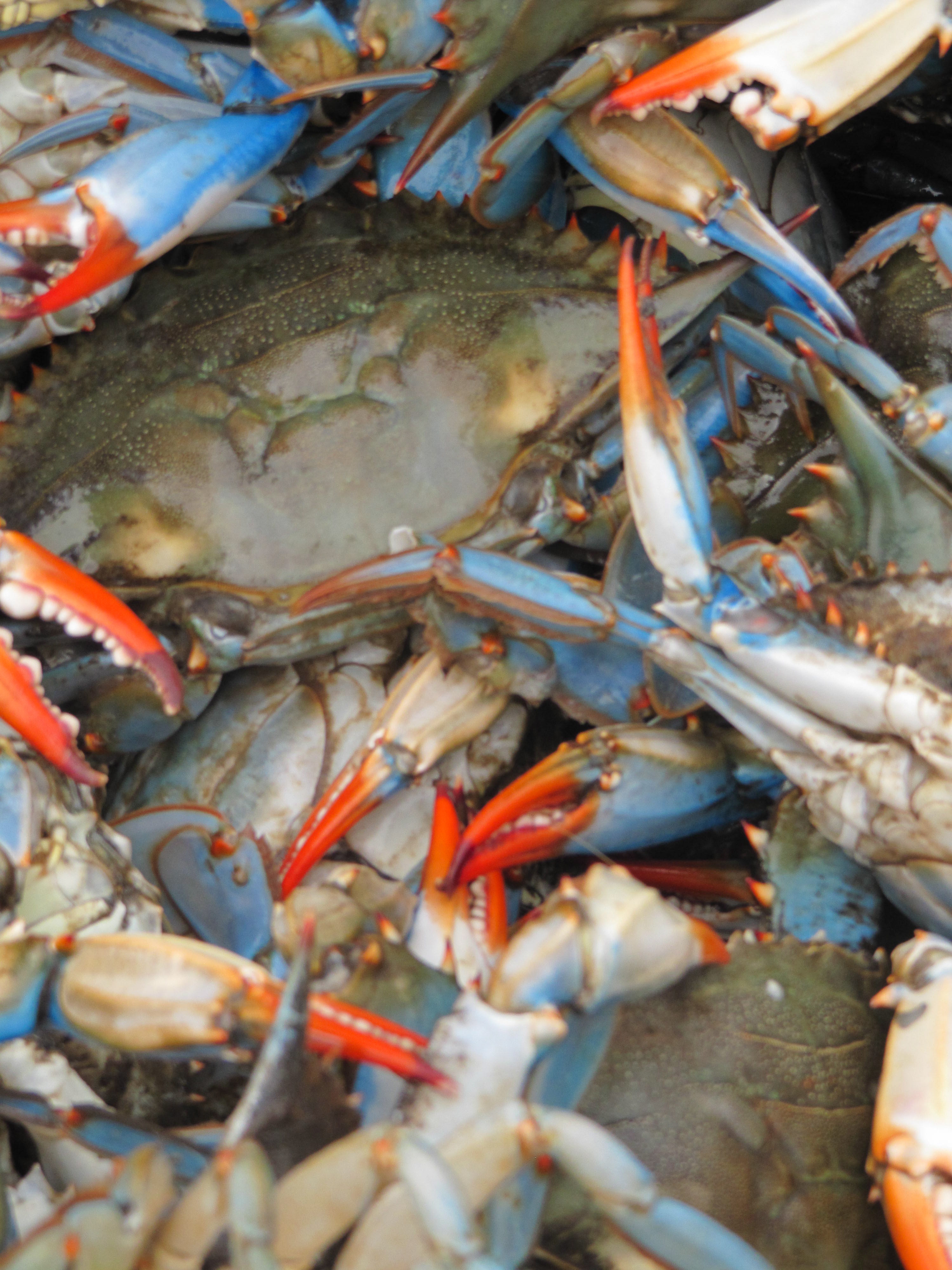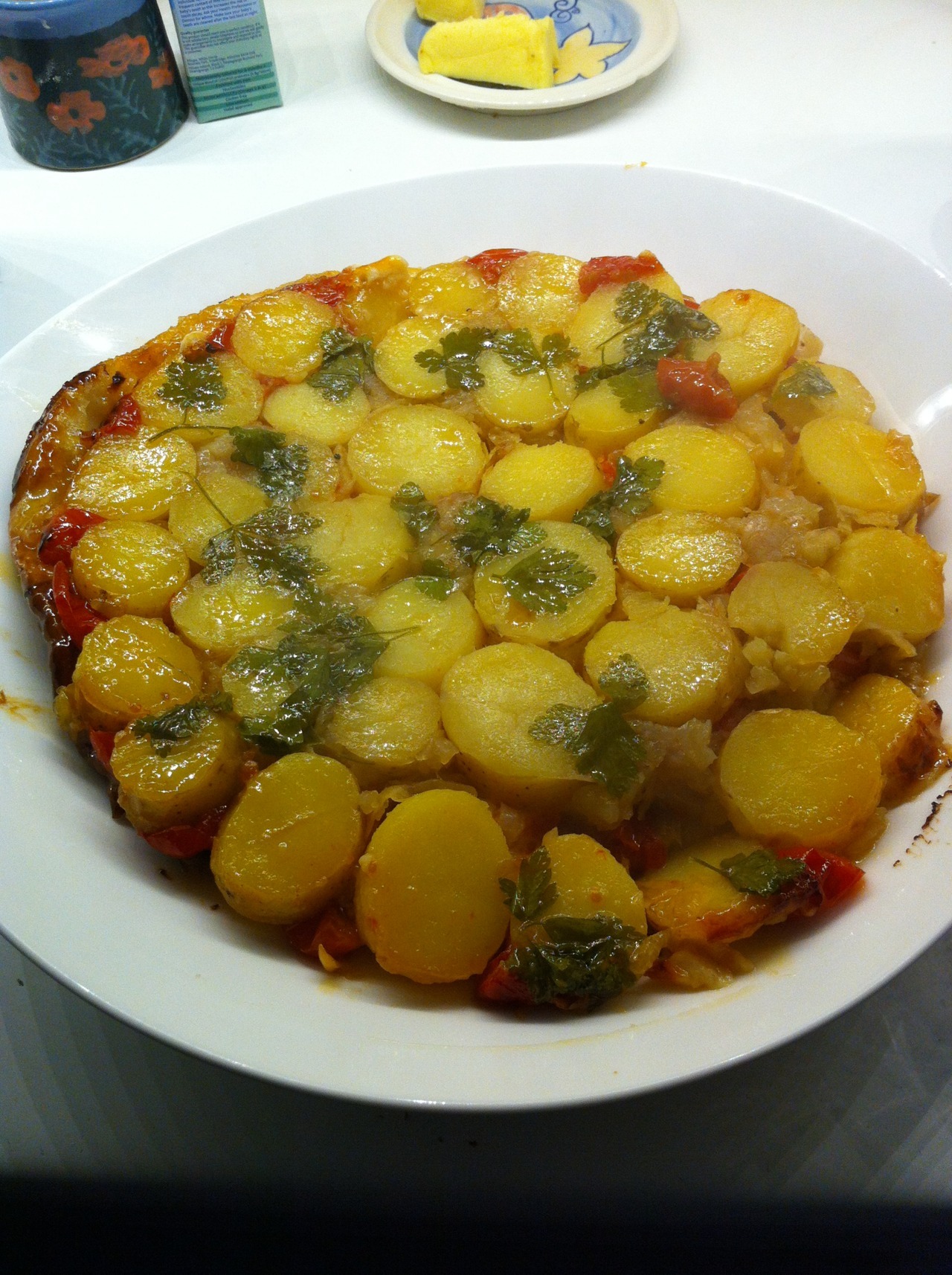Mark Hix’s Recipe for Success
See my feature on this down to earth, savvy chef at http://www.irishexaminer.com/lifestyle/artsfilmtv/the-mark-hix-recipe-for-food-business-success-345622.html. He was fun to interview and I also enjoyed listening to him talk to restaurant critic and former restaurateur Nicholas Landers at the Kerrygold Ballymaloe LitFest. This article should give some pointers to aspiring chefs and those who wonder why they have failed to get it right.
This pic of Mark Hix and me was taken by the talented Elaine Hill at 3rd annual Kerrygold Ballymaloe LitFest.
Mark Hix’s Recipe for Success (long version)
It’s festival season and throughout Europe top restaurateurs get in the groove, getting out of their state of the art kitchens to set up in marquees to serve music lovers in bikini tops or Wellington boots, depending on their luck. This year the Wilderness festival 6-9th August will be held on the farm of former Blur bassist and songwriter, journalist and more recently cheese-maker Alex James in Cornbury Park, Oxfordshire. Multi restaurateur Mark Hix will be in the thick of it. He proudly serves James’ cheeses in his restaurants and is looking forward to the festival where headliners include Bjork and our own Camille O’Sullivan.
Cocktails will be poured by the gallon (though carefully made with local, seasonal fruit and herbs) and have become quite a part of the Hix offering. The recent heatwave had him serving them as fast he could on the terrace of his Dorset restaurant.
It was here at Hix Oyster & Fish House that his friend Keith Floyd had his last meal. Afterwards there was some controversy about the menu, but that didn’t bother London-based Hix. He makes publicity work for him. Opening nearly a restaurant a year since 2008, he cooks dishes which celebrate their UK source, using his imagination and sense of fun in the process. Behind it all is a quick brain, artistic flair and acute observation.
I met him in Ballymaloe’s Grainstore during the Lit Fest where he scanned the room, the chairs and cushions. Hix was problem solving. His friends don’t go to his Hix Soho restaurant if they need a quiet chat at lunchtime. It’s too noisy. “I need to absorb the sound without spoiling the atmosphere which people like. The first step I’ve taken is to add tablecloths. We’ll see how that goes”. In Soho, in the heart of London’s West End, his restaurant competes with a vast range of food offerings and needs to stay fresh. “That’s just it, I have to keep listening and watching trends. I do things like change the art around to keep it interesting”. He added a cocktail bar in Hix Soho. “We have nights until 4am now, a kind of New York Studio 54 vibe”. It rocks and suits Hix’s sense of fun. I can vouch for the food there too.
Mark Hix is a successful chef with seven restaurants mainly in London with a stint on BBC’s The Great British Menu under his belt. His proud boast is that in the second series in Paris he won two courses compared to his ‘mate’ Richard Corrigan’s one course – all fun to him. He doesn’t want to be a TV star, it’s too time consuming and he has plenty to do. Spending more hours now as a creative director, he cooks very little these days.
His creativity goes far beyond what goes onto the plate. He is interested in the artwork, buildings, glasses, and collects vintage silver for the tables, sometimes having pieces copied. He is not averse to making money either. He has a happy partnership with Ratnesh Bagdai an accountant who worked with him in the The Ivy and Caprice Group. When they got together Bagdai was on top of his game too and ready for some risk taking. “I wanted to be in control of my life”, says Hix. “Between the two of us we felt it wasn’t such a huge risk with the little capital we had.”
The Rivington Grill in Shoreditch was their first venture (sold since to their former employers), Hix Oyster and Chop House came next, then Hix Oyster & Fish House in Lyme Regis, close to Hix’s home town. “I like reviving that connection with foods of the past. Oysters were street food at one time”, says Hix. “That’s why you would see beef and oyster pie on menus; beef was far more expensive and had to be supplemented.” In Cork this was echoed in the celebrated Oyster Tavern in Market Lane.
His largest venture, Tramshed, Shoreditch was in a less fashionable area of London at the time. He recognised the vast derelict Victorian shed’s potential to become a 150 seater. Sensing what is right for buildings has been key to Hix’s success. A life-sized installation by his friend Damian Hirst takes centre stage. Not surprisingly, given the artist’s history, it’s a formaldehyde tank containing a bull with a chicken on its back. He reckoned chicken would be an accessible menu option, so that, sitting at long tables, groups of three people could share a chicken for £25 including chips. Served whole, trussed and sitting upright, a specific breed – Indian Rock – is farmed for him in Lancashire ensuring him constant supply of 2,000 chickens a week for his restaurants. The more expensive option at Tramshed is steak on the bone. Provenance is important to Hix and his beef is produced in Northern Ireland by Peter Hannan and sold exclusively in London to him and retailer Fortnum and Mason. The beef is aged in a room lined with Himalayan salt bricks to give it a distinctive flavour and reduce surface spoilage, resulting is less waste. It is delicious.
There was less fuss about the Damian Hirst installation at Tramshed than expected. Hix is not averse to controversy. It’s good for business. One of his friends and a regular customer of Hix Oyster & Fish House was TV chef and former Kinsale resident Keith Floyd. He died of a heart attack mere hours after eating there, having been given the all-clear in cancer tests. “He had invited me to a book launch that evening but never made it.” For the next few days Hix had a menu offering Floyd’s Last Supper. “My menu of oysters with potted shrimp followed by partridge was a tribute to him and Floyd would have loved it, but the media got up in arms over it. I got a full page in one of the newspapers. I didn’t complain about that!”
“When I started you got excited when a restaurant opened,” says Hix. “Now a different one opens every day, and unfortunately one closes too. It’s amazing how many places start without forecasting turnover.” One of his good property buys was a failed sushi restaurant that had had a £3 million makeover. He got it for £200,000. Topping the sushi bar with fashionable and hardwearing zinc, he uses the existing valuable marble surface to keep glasses cold for cocktails.
Hix believes that sometimes there is too much attention paid to presentation. “I say, ‘no more than three things on a plate at a time.’ Sometimes it’s just steak! When you order from a menu you should get what it says. Simplicity is the key.”
He keeps up standards by employing the right people. “Constant staff change threatens quality.” To that end he treats staff well and has opened a catering college, training 60 at a time to cook and to make drinks for his cocktail bars. He sends students to oyster farms, fishing (he is a keen fisherman) and teaches them all aspects of the business. He has his own smoker in the college and last year visited Fingal Ferguson in Gubbeen. He was impressed. “You have great cheese in Ireland too.”
He overextended at one time and didn’t pay himself for 6 months. “A lot of restaurateurs and chefs get backers from day one, which normally means you are just an employee. At least we are our own bosses and have respect for what we spend money on – you live within your means.”
Of all the aspects of the business, these days he finds customers the most difficult. He tries to avoid reading Trip Advisor. “Everyone’s a critic. There was more blogging at first. It has evened out now, but it’s tiresome, yet we have to see if the criticisms are valid. I put them on the notice board for a while as a lesson to staff.” Jesus Adorno the director at London’s prestigious Le Caprice, once said to author and Financial Times restaurant critic Nicholas Lander, “One thing I’ve learned is that it’s getting better for the customer and harder for the chef.”
Hix Belgravia was his biggest investment mistake. “Even though there are a lot of wealthy property owners in that area, some are non-nationals who don’t live there full time, and others spend their time holidaying extensively in exotic places, so are hardly ever there. We pulled out after six months, but not without it costing us about £800,000 – our profit on two of our restaurants for the year.” Not bad profit by Irish standards!
He has favourite places to eat in London. “I always enjoy St John (in London’s Smithfield) and Locanda Locatelli (Seymour Street), but I usually go somewhere new. I tried and liked BAO Lexington Street, and Gymkhana in Abermerle Street, a Michelin starred Indian restaurant with good curry served in a traditional silver dish. The design is good and you can eat at the bar.”
Hix’s work has its perks. He is just back from tasting wine in Chateau Margaux. So what about the thorny issue of mark up on wine? “We put three times mark up, less for expensive wines, which is fair.” In Ireland wine importers have said there is anything between three and five times mark up in some restaurants.
Hix has written eight or nine cookbooks (he has lost count). The next one will probably be on cocktails. “I think I have run out of things to write about food”, he says, though he continues to write a weekly food column in The Independent (UK) newspaper and a monthly column in Esquire.
From the start of his career 30 years ago in the staff canteen in the Hilton hotel, putting frozen peas into boiling water, Restaurants Etc, the company Hix has with his partner, now employs 320 in its seven restaurants and he has an 8 bedroom B/B in Lyme Regis. And they are profitable. Budding chefs please take heart!




